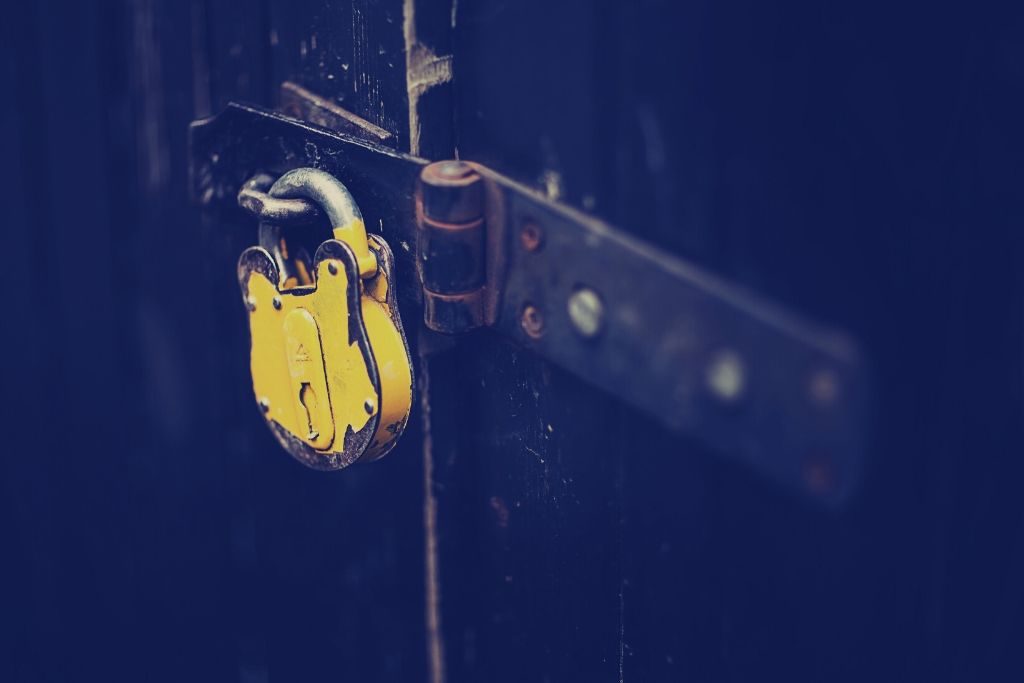Responding to the instinct to protect themselves, our ancestors always sought ways to secure their belongings. Archaeologists believe it was Ancient Egyptians who graduated to the first lock from making simple knots using rope or other materials about 4,000 years ago. This was a pin tumbler lock made entirely of wood.
As long as locks have been around, so have been the intruders who try to break into a place by manipulating them. Even though modern locks evolved to be much more resilient, it’s still possible to manipulate locks in order to gain unauthorized access. Methods such as lock picking, key bumping, drilling, snapping and the unauthorized duplication of keys are the most common methods of cylinder manipulation. However, the most secure locks will have protection against these forms of attack.
Here’s an overview of the most common methods of lock manipulation, as well as ways to prevent them.
Lock Picking
This practice of mimicking the components of a key without having one is one of the most popular methods of cylinder manipulation. The majority of cylinder locks are operated using a serrated key – with the serrations on the key align with the pins inside the cylinder to open the lock.
If a lock has fewer pins, it can be easier to pick. This is because fewer components need to be manipulated to gain entry. In order to prevent this type of manipulation, locks should be produced with a higher number of pins. Alternatively, locks with side locking pins can be used as they provide a different pin angle to overcome when picking.
Key Bumping
To bump a lock, the key manipulator needs to specially-cut key into the luck, and gently “bump” it to different directions using a mallet or a screwdriver. This makes the pins within a cylinder lock ‘jump’ above the shear line. At this point, all the pins align, allowing the internal cylinder to rotate freely in the same as if using the genuine key.
The use of unique key profiles and blocking pins to detect illegal keys and anti-bump cylinder pins greatly protects against this form of manipulation and illegal entry.
Drilling
Compared to cylinder picking and key bumping, drilling is far more destructive and obvious. Once an unprotected lock has been drilled, often a simple flat-head screwdriver is all that is needed to turn the cylinder barrel and open the lock like a regular key.
The growth of cordless drills has made it far easier for people to drill locks due to the omission of power leads. Using stronger materials to manufacture the pins, such as hardened steel, will make sure that the cylinder is more robust and harder to drill through.
Snapping
Manipulators can use a range of makeshift tools to snap the lock. Once this happens, the mechanism becomes exposed and a screwdriver can be used to operate the lock and gain access. The most likely type of lock to be targeted by this kind of manipulation is Euro profile cylinders, which are commonly used in uPVC doors.
Key snapping might also occur unintentionally, especially if it’s made with flimsy materials. The best way to avoid a scenario as such is to upgrade both the keys and lock to a new system colloquially known as “anti-snap”. In fact, this is a snap-resistance system to ensure the lock cannot be manipulated even in case of a snap.
Unauthorized Duplication of a Key
For many, keys can be somewhat of a second thought: They can be left in pockets, bags or on desks, making them easily accessible and simple for unauthorized users to acquire. Therefore, a moment’s oversight might accelerate the risks of duplication.
Choosing locks that are protected under patents is one way of preventing key duplication. Patents provide legal protection against illegitimate copies of keys. This way, they can ensure that keys can only be duplicated by select organizations only, such as the manufacturer and/or carefully selected partners.
Some manufacturers also provide security cards along with keys. These cards are required to be presented at the point of ordering a duplicate key. This ensures that only those with a security card are authorized to request a new key.
The Universal Human Need For Security

Protection from danger and intruders in a safe space is one of the most fundamental needs, which is well-documented by the celebrated psychologist Abraham Maslow. Since Ancient Egyptians developed a simple wooden system to cater to this need, keys and locks went through a dramatic evolution until they took today’s form and there’s no doubt they will continue to evolve.
No entry system on its own can guarantee an intruder-free life. However, understanding the risks of each lockset, as well as prevention methods against manipulation risks, is set to help communities around the world to enjoy life with one less worry.






